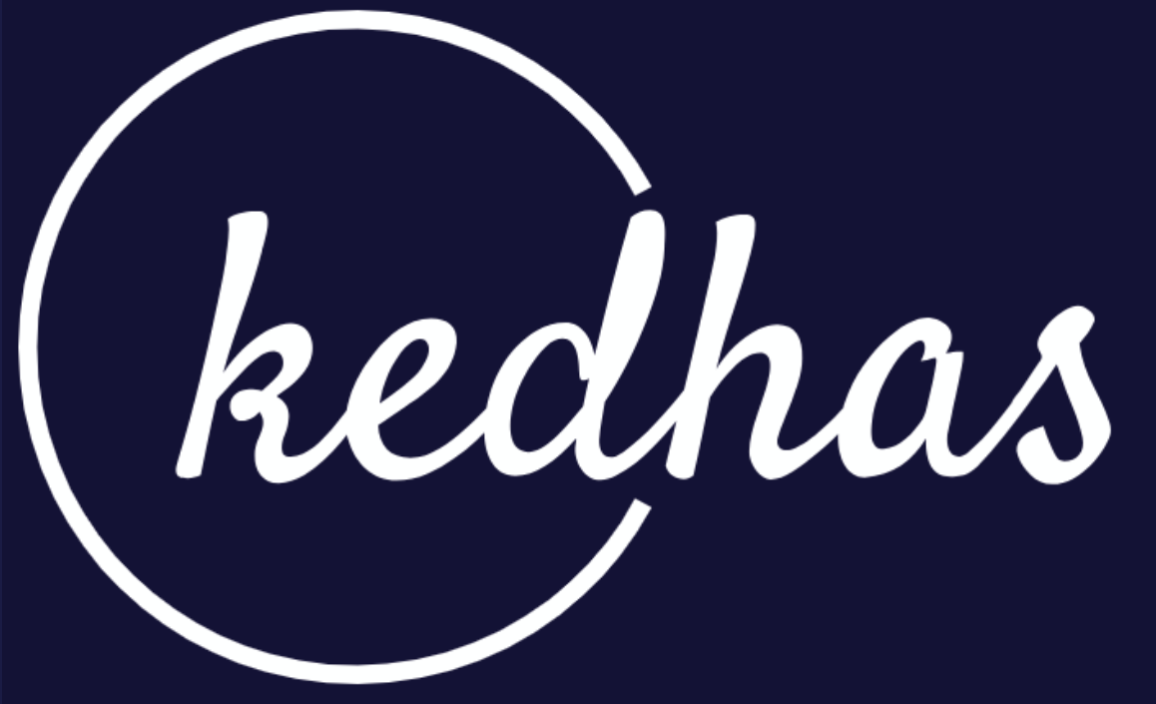Styling Elements
Styling Elements" section focuses on exploring CSS properties and selectors used for styling HTML elements. You'll learn how to apply various styles to different types of HTML elements to control their appearance.
Text Styling with CSS
One of the fundamental aspects of CSS is text styling. You can modify the appearance of text using properties like color, font-size, font-family, and text-align. For example:
p {
color: blue;
font-size: 16px;
font-family: Arial, sans-serif;
text-align: center;
}These styles change the text color, font size, font family, and alignment of all <p> elements on your web page.
Backgrounds and Borders
CSS allows you to control backgrounds and borders for elements. You can use properties like background-color, border, and border-radius to add background colors, create borders, and customize their appearance. For example:
button {
background-color: #FF5733;
border: 2px solid #E9462D;
border-radius: 5px;
}These styles apply a background color, border, and border radius to all <button> elements.
Box Model and Layout
Understanding the CSS Box Model is crucial for controlling the spacing and sizing of elements. The Box Model consists of content, padding, border, and margin. By modifying properties like margin and padding, you can adjust the space around elements. For example:
div {
margin: 10px;
padding: 20px;
}These styles add margin and padding to all <div> elements on your web page.
Advanced Selectors
CSS selectors allow you to target specific elements for styling. You can use classes, IDs, and pseudo-classes to apply styles selectively. For example:
<p class="highlighted">This is a highlighted paragraph.</p>
<p id="special">This is a special paragraph.</p>.highlighted {
background-color: yellow;
}
#special {
font-weight: bold;
}In this example, the .highlighted class applies a yellow background color, and the #special ID sets the font weight to bold.
Pseudo-classes and Pseudo-elements
CSS pseudo-classes and pseudo-elements allow you to target specific states or parts of elements. For example, :hover targets elements when the mouse pointer is over them, while ::before and ::after create virtual elements that can be styled.
By mastering these CSS techniques for styling elements, you'll have the skills to create visually appealing and well-designed web pages.
Book a conversation with us for personalize training today!

